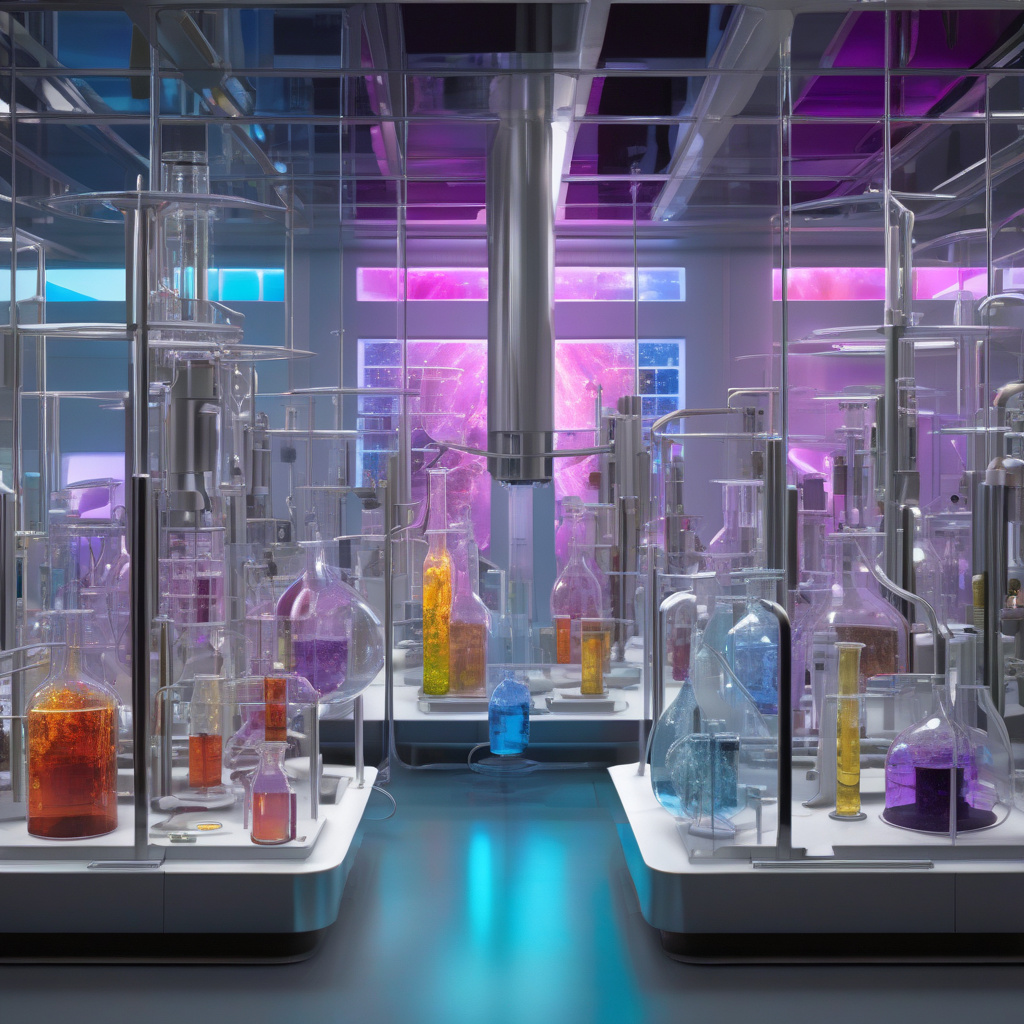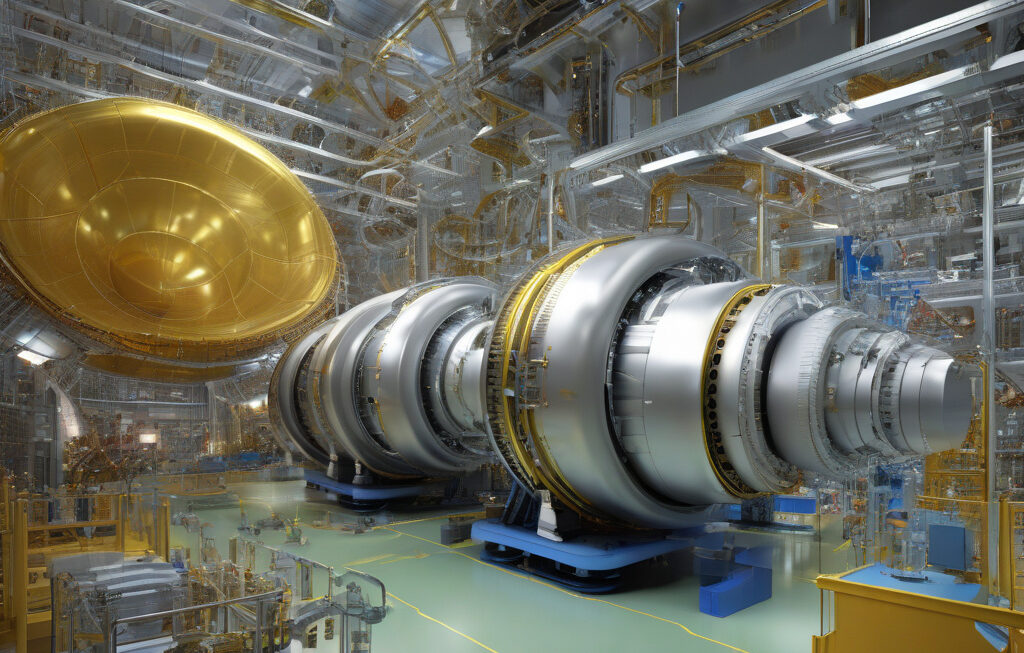Low-temperature Plasma Science and Engineering: Catalysts for Societal Transformation
Low-temperature plasma science and engineering have emerged as powerful tools in driving a wide array of societal transformations. Peter Bruggeman, a distinguished figure from the University of Minnesota, sheds light on the profound impact of recent advancements in this field.
Plasma, often referred to as the fourth state of matter, is a unique form of ionized gas that is electrically conductive and comprises a diverse mix of ions, electrons, and neutral particles. While high-temperature plasma has traditionally been employed in applications like fusion energy research and semiconductor manufacturing, the focus has now shifted towards harnessing the potential of low-temperature plasma for a myriad of innovative purposes.
One of the key areas where low-temperature plasma science is making significant strides is in healthcare. Plasma-activated water, for instance, has shown great promise in sterilization processes, wound healing, and even cancer treatment. By leveraging the reactive species generated by low-temperature plasma, researchers are exploring novel ways to combat drug-resistant bacteria and enhance medical therapies.
Moreover, the versatility of low-temperature plasma is driving revolutions in environmental sustainability. Plasma-assisted catalysis is being utilized to remove pollutants from air and water, offering a cleaner and more efficient alternative to traditional remediation techniques. The ability of plasma to break down complex organic compounds into simpler molecules holds immense potential for mitigating environmental contamination and promoting a greener future.
In the realm of materials science, low-temperature plasma is enabling breakthroughs in surface modification and thin film deposition. By precisely controlling the plasma parameters, researchers can tailor the properties of materials at the nanoscale, opening up new possibilities for enhancing the performance and durability of a wide range of products. From self-cleaning coatings to advanced electronic devices, the impact of plasma engineering is felt across various industries.
The adoption of low-temperature plasma technologies is also driving innovation in agriculture. Plasma-based techniques are being explored for seed treatment, pest control, and fertilizer optimization, offering sustainable solutions to enhance crop yield and quality. By harnessing the bio-stimulatory effects of plasma, researchers aim to revolutionize farming practices and address the challenges of food security in a rapidly changing world.
As we witness the convergence of low-temperature plasma science and engineering with other cutting-edge disciplines such as nanotechnology, biotechnology, and artificial intelligence, the potential for transformative societal impact becomes even more pronounced. Collaborative efforts between academia, industry, and government are essential to further unlock the full capabilities of plasma technologies and accelerate their integration into real-world applications.
In conclusion, the evolution of low-temperature plasma science and engineering represents a paradigm shift in the way we address complex challenges across diverse sectors. By harnessing the unique properties of plasma, researchers and innovators are paving the way for a future where sustainability, health, and technology converge to drive positive societal transformations.
#PlasmaScience, #EngineeringInnovations, #SocietalImpact, #InnovationNews, #TransformativeTechnologies












